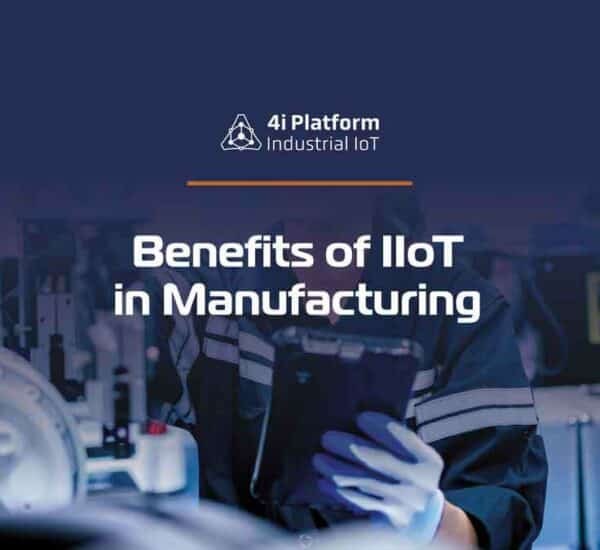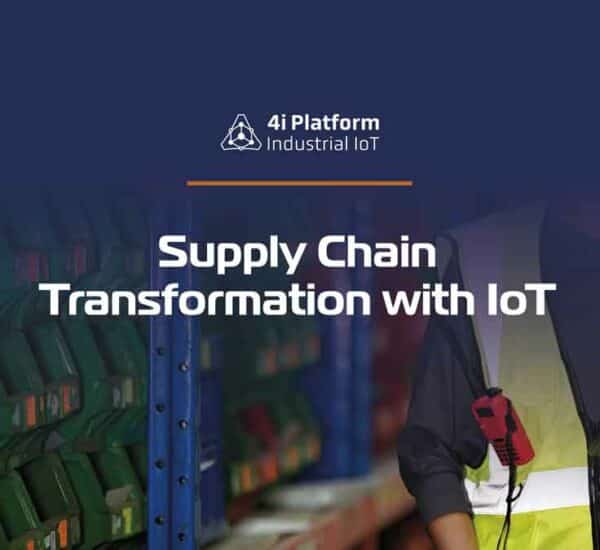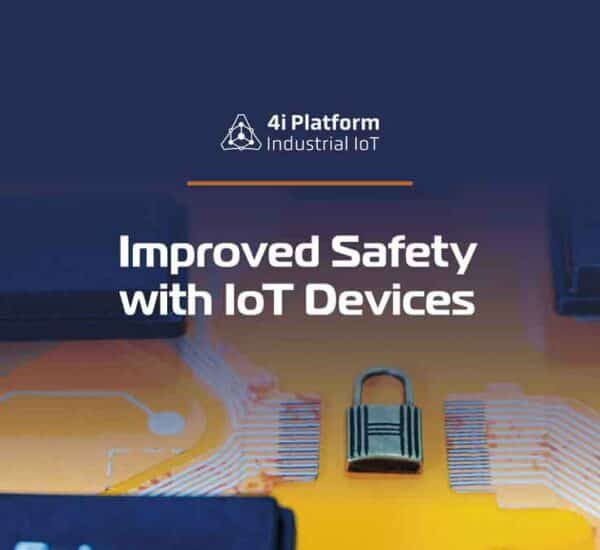IoT is the current buzzword. This can lead to poor adoption, where potential opportunities are missed, or worse, it could even prove to be counterproductive. We have created a set of tips in an effort to avoid conceptual errors when trying to achieve business intelligence automation with the implementation of corporate IoT projects.
Develop Clear Goals
When a company wants to achieve business intelligence automation, it is important to understand the IoT project’s goals. It is not about using the IoT to improve your business. An IoT deployment must be done in order to achieve specific goals.
Otherwise, it can lead to irreparable financial and time losses. This is the first step in deciding whether to use external consultation or hire dedicated staff for this project. We also need to decide how much help we require from outside and what their involvement should be.
Do Not Try to Reinvent the Wheel
Most likely, you are familiar with many examples of similar businesses in the same industry and with the same turnover and activities that have implemented IoT projects, or you can look further afield.
The conclusions you reach in this instance will be extremely useful in helping you define your goals and know how far your systems can go with the data you have generated and want to process.
Select the Data Carefully
As a continuation of the previous tip, let us consider what data we can create and what data we want to process. We can eliminate the additional cost of collecting, storing, and processing data that is not relevant to our goals. This part of the business intelligence automation process saves money and resources.
We now need to decide which sensors we want to install, where and what processes we need to monitor and control and then begin defining the software, hardware, and personnel that will be needed to execute the IoT project.
Choose a Scalable Model
It is often seen that a lot of people make the mistake of creating models that are based only on the present and do not take the future into consideration.
It is important to think about the future and how our business and its activities may change in the future. This will help us avoid having to redeploy later if there is a change in our premises.
It is important to be clear about who is responsible for project materialization.
This includes both the departments and people involved in each area. It is not necessary to place the ICT Department in charge of all things or to give it sole responsibility for hardware and software.
It is important to examine our business processes and identify the departments responsible. Then, we need to engage them in the project. Their feedback will be valuable to conclude with the details of the IoT project.
Select the Best Place to Store and Process Your Data
It is difficult to balance so many factors: Will we have enough power at the end nodes for data processing (edge computing)? What cloud solution will we use? Will it be private, hybrid?
These premises are crucial when it comes to defining the system for collecting and processing data. We recommend that you seek the guidance of outside experts in this situation.
Connectivity Technology Is Worth a Closer Look
There is a lot more to discover than just Wi-Fi and Bluetooth. You may not have heard of many of the IoT-specific connectivity technologies.
Watch Out for Security
We may get tired of hearing security advice, but we cannot ignore the fact that it is important. Businesses of all sizes are now a prime target for attacks of any kind. Therefore, your project must be equipped with the best security to protect your company’s vital information from being stolen by third parties.
We recommend that you have the assistance of one or more specialists in this field. The security field is complex and requires expert knowledge to properly protect a computer system from the top.
Do not try to do everything at once. Test, deploy and then introduce the IoT gradually and in small steps into your business. If you find out that something is not working, you can take a step back and fix it.
Choose Good Data Intelligence
Once you have defined your project goals, and identified the collection and processing systems, and sensors that you require for your project, there is only one hurdle left: selecting the data intelligence system that summarizes and presents data in a way that will be useful to your business.
These systems are similar to Business Intelligence (BI) systems. They provide summaries of global data calculated using a large volume individual data, means, and approximations.





